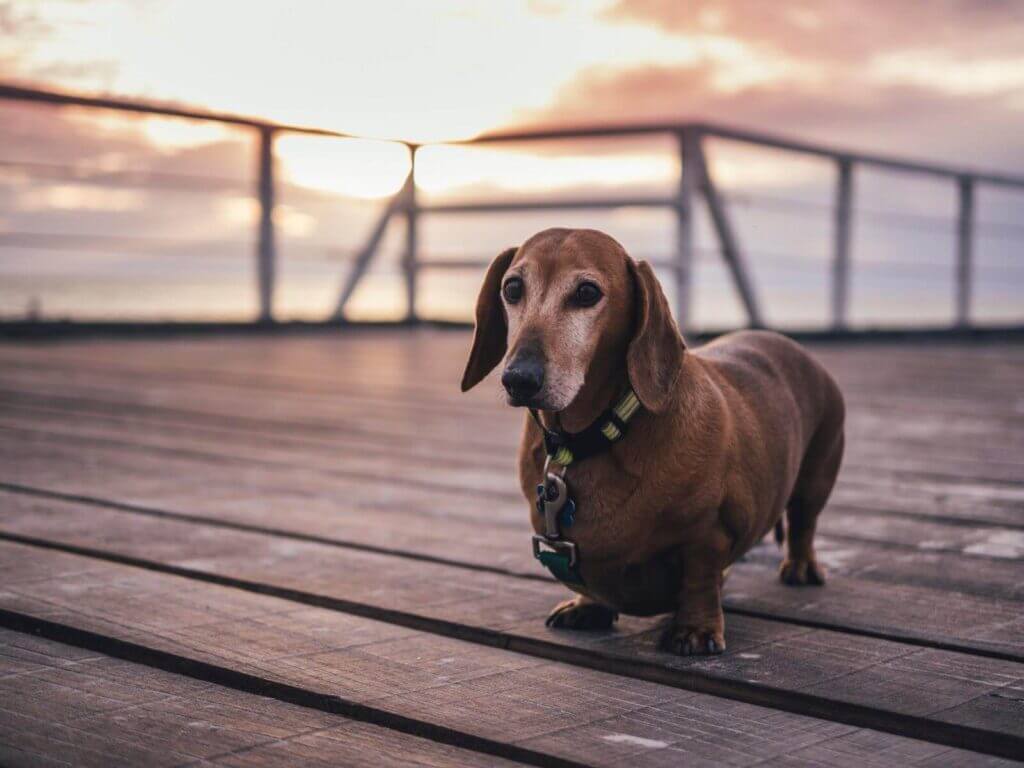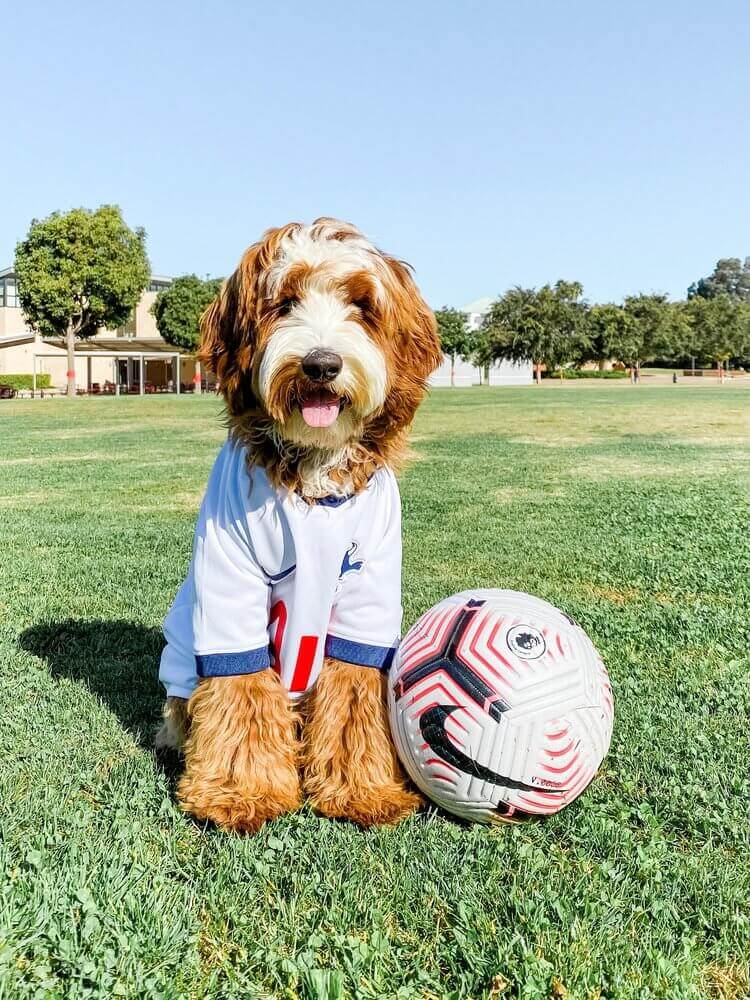That infamous quarantine 15: the 15 lbs (give or take) that many of us have put on during this pandemic. Whether we’re not as active or have a new talent for baking, COVID-19 has led to a lot of unwanted weight gain for humans and dogs alike. Dog obesity can become a huge problem in your dog’s life.
Worried about your furry friends? Is weight gain as prevalent in our pups and is it a cause for concern?
Dr. Liff, DVM and owner of Pure Paws Veterinary Care, answered our questions on dog obesity, the amount of exercise required and how we, as pet parents, have responsibility for ensuring our dogs maintain a healthy weight.

Dog obesity is one of the major health concerns in the US for humans today, is this an issue for our dogs as well?
Yes! Though reports vary, about 25-30% of all dogs and 40-45% of dogs 5-11 years old are obese. And, to make things worse, we’ve seen a huge increase in weight gain during COVID-19. I estimate that up to 90% of dogs have put on weight since Spring.
What’s the cause of dog obesity?
COVID-19 has led to pretty significant changes in lifestyle for pets as well as humans… more time indoors leading to a more sedentary lifestyle. We’ve been avoiding going outside and so our pets have been stuck in too. On top, we’re all struggling with adapting to working from home and a snack is often the easy answer to distracting your dog from barking and interrupting that zoom call!
Is this something to worry about?
Obesity does have serious consequences and overweight dogs often have shorter lifespans than expected.
This is due to several factors, but the most common issue is with mobility. Overweight dogs often get orthopedic injuries which in turn prevents them from exercising causing a negative cycle that’s difficult to break. And…it’s not just mobility – it can also cause dermatological problems and even diabetes.

What are the main causes of obesity in our dogs?
The two primary factors are nutrition and exercise. For us humans, weight gain and weight loss are all about calories in vs calories out. And, well, the same goes for our dogs! If your dog is consuming more calories than they’re burning, they will gain weight and vice versa. It’s that simple!
Easy-peasy – but that is basically determined by the pet parent, right? So I am also a primary factor in whether my dog has a healthy weight or not.
Exactly. The weight of a dog tends to go hand in hand with the parent’s lifestyle and dedication to proper nutrition and exercise. For example, if you are active and bring your dog on runs, hikes and just out and about with you…your dog will be getting plenty of activity. However, if your dog is sitting alongside you watching tv most of the weekend…
Are there any other factors to consider?
Human perception also plays a role…for example, the image in our eyes of a beagle tends to have a belly protruding… it’s no coincidence in my mind that beagles are commonly overweight as we’ve been conditioned to think this is normal.
Interesting. So how do I know if my dog is overweight? I’m sometimes unsure if Milo is getting a bit, ahem, sturdier that he used to be…
Start by taking a good look at your dog! You should be able to feel their ribs but not see them. They should also have a contour to their waist line. That all said, it’s always best practice to check in with your vet every 6-12 months to ensure your pup’s weight is on track.
Hmmm, Milo could probably lose a few – how do I help him with weight loss?
If your dog is overweight you should increase exercise and decrease calories. I usually recommend starting with a 25% reduction in daily calories. If your dog is still having issues and isn’t losing that excess weight, check in with your vet.
I know nutrition is really critical, but how do I know how much food to give?
This can be tricky as dogs truly are unique and directions on commercial foods might not always exactly deliver what’s needed. Common sense can be very valuable though – if your dog is becoming overweight, reduce the calories and vice versa.

How much daily exercise should my dog be getting?
I recommend that you aim for two 30-60 minute vigorous walks per day. This varies on breed, age, current activity levels etc but is a good starting point.
If no breathing issues are present, most dogs can be conditioned to building up cardio exercise as long it’s a gradual increase. Dogs, like us, can overdo it without being conditioned and will need a few days to recover.
Do you have any suggestions for how to ensure we can meet that daily exercise goal while juggling work and family life?
Embrace the walks! Not only is it good for your pup but it’s also a great way for you to unwind and spend quality time with them. If you’re struggling to find enough time for long walks, get creative! Incorporate activity into the everyday: bring them to shops, let them play with the kids in the yard, play fetch in the apartment hallway, jog with them and any number of other activities.
If you don’t have the time, you can find someone who does – there’s plenty of dog walking / daycare services available in most cities.
Thanks Dr Liff…I’m ready to dust off my running shoes and get both mine and Milo’s heart-rate up! We’ll be in the park if you’re looking for us…




















